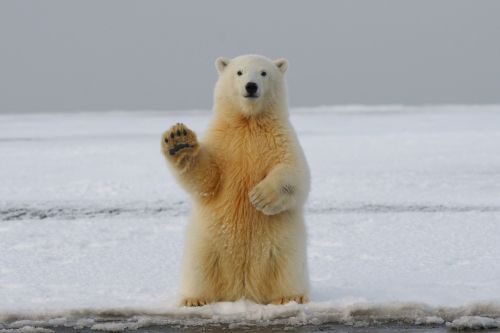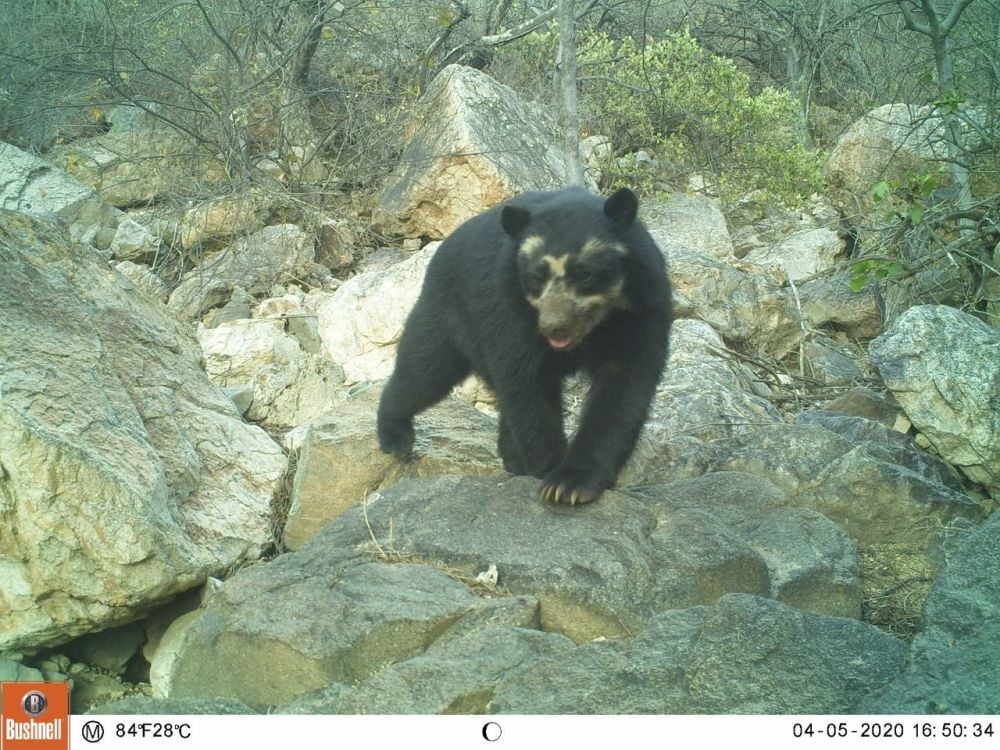Petition to stop Macron bankrolling Oil and gas drilling in the Arctic
Posted on
SumofUs have sent an email alert about the proposed plans French oil giant Total have for the Arctic.
They say that Total want to pump the equivalent of 535,000 barrels of oil a day from under the Arctic’s ice! (Here is Total's webpage on preserving biodiversity.)
What’s more, the French government may back this plan and make it a reality.
French President Macron had called the project “reckless” and “incoherent” – but SumofUs say he is about to grant a €700 million loan guarantee to Total!
A global outcry would embarrass Macron – we need to raise a global public outcry and stop him becoming a Total Arctic Destroyer.
Tell Macron to withdraw from Total's deadly Arctic project and stick to his international climate commitments!
The Arctic is home to Indigenous communities like the Gwich'in, the Inuit, and the Sámi – and endangered species such as polar bears.
SumofUs say “Total's plan will assault the Arctic landscape and life with methane explosions, pollution and more deadly heat waves.”
We need to stop the French government financing this project and make other world leaders sit up and take notice.
Polar bears are just some of the species counting on us to do the right thing.

Please sign this petition today and spread the word
Please give the Arctic and everyone living there a voice today and sign the petition to tell Macron to stop bankrolling oil and gas drilling in the Arctic.
